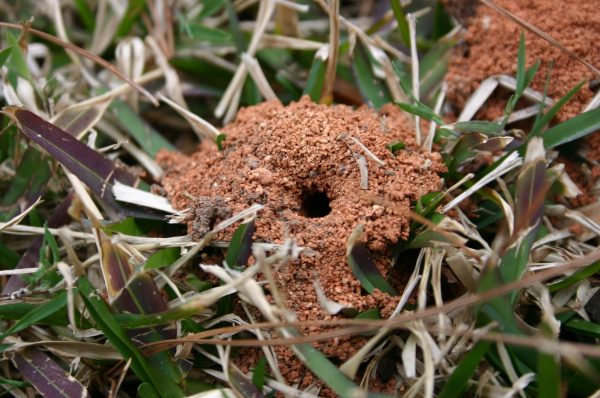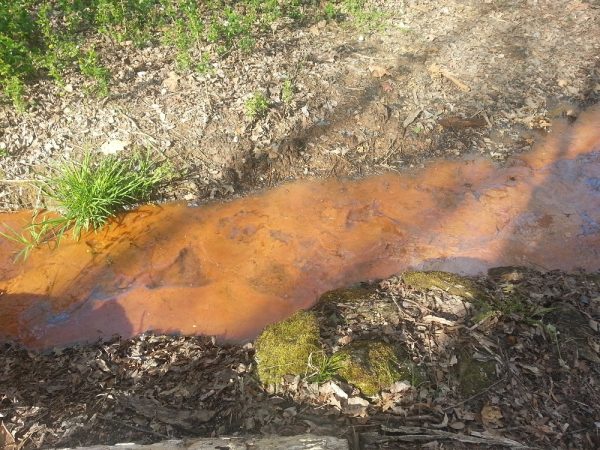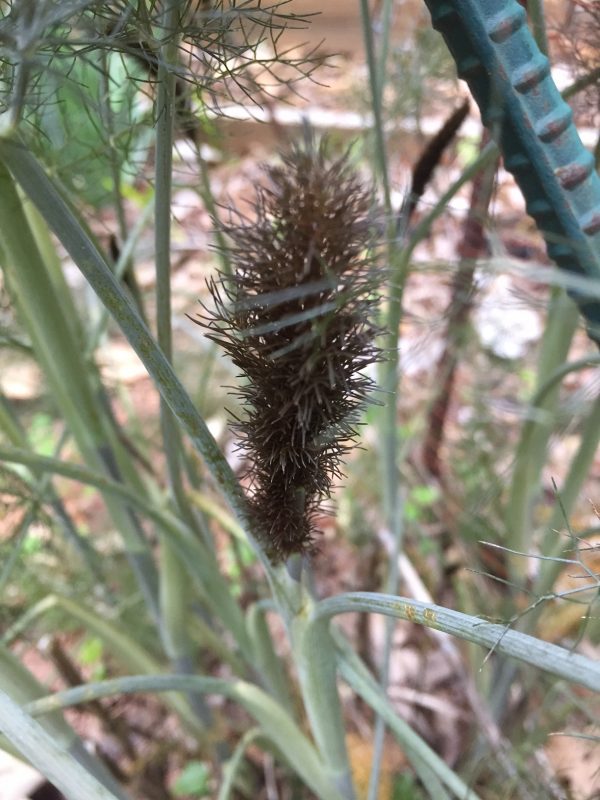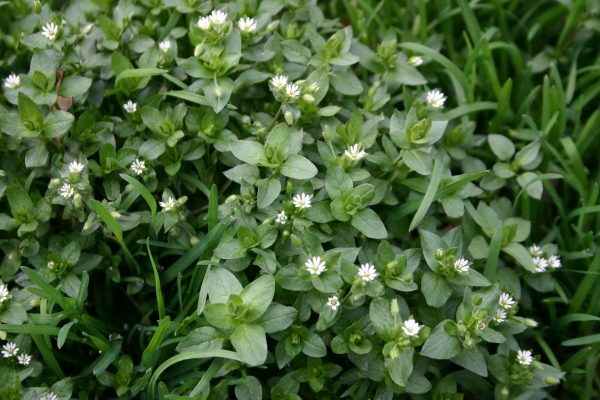MANY TREES IN THE INTENSIVE CARE UNIT
“It sounded like a bunch of popcorn popping in my yard” said my friend Maureen. “I looked out the back window and could see nothing but limbs and leaves!”
Her fifty foot tall oak tree fell without warning one afternoon, during a light breeze. When I went to inspect it, the reason was obvious: it had a single root anchoring it to the ground! The top of the tree was full of green leaves but they were being supported by a nutrient and water pipeline barely as big as my wrist!
During the last month, you’ve heard the stories: a tree surgeon killed by a falling tree, pine beetles rampaging through neighborhoods, magnificent trees seeming to turn brown overnight. The drought we have endured for the last few years is causing damage now and will continue to cause damage in the future, even if we get copious rainfall this winter.
THREE YEARS OF SUFFERING Trees go through a yearly growth cycle. They use sunshine, water and soil nutrients to make plant food during the warm months. The plant food is stored during the winter in their roots and under their bark. If the tree has an excess of food, it sprouts new branches and, later, new roots to support them. If one of the three building blocks of plant food (sunlight, water, nutrient chemicals) is limited, energy that was stored earlier is used to keep the tree healthy.
Climatologists report that we have had a continuous drought since 1998. Even though it rained moderately each winter, water wasn’t available for our trees each summer. They used more and more of their stored energy each spring to sprout leaves, hoping to get the moisture they craved during the summer. The rains didn’t come. Now many of our trees have used up the last of their energy reserves. They have little vigor left with which to sprout next spring.
TIME TO CALL THE UNDERTAKER? Maureen’s tree was “dead” long before it fell. The green leaves were only the last gasp of a tree that had no more resources. If it hadn’t fallen this autumn, it would have this winter. It is certain that no leaves would have appeared next spring. As I drive through the metro area, I see big oak and maple trees now covered in brown leaves. I shudder to guess how they will fare next year.
TAKE THE HOSPITAL TO THEM When we are deathly ill, we go to the hospital intensive care unit. When a tree is dying, we need to take the “hospital” to them. First and foremost, keep the soil around your tree roots moist (not soggy) for the next year. Even when the leaves are gone, tree roots can partially regenerate themselves. Keep an eye on the weather this winter and water your trees, even when it is chilly. Measure the thickness of your tree trunk. For every inch of trunk diameter, your tree needs fifteen gallons of water per week.
Trees and grass fight desperately for nutrients and water. The grass usually wins – because it has finely divided roots that can harvest resources more efficiently. To baby your weak trees, spread pine straw or pine bark mulch over the entire root system, out to the ends of the branches. The mulch suppresses grass, holds moisture in the soil and keeps the earth warmer during the winter.
SPRING WILL TELL THE TALE I’ll go out on a limb here (Ouch!) and predict that we will lose many more trees between April and July next year. Flour-like sawdust piles at the base of mature trees will signal the spring onslaught of flathead borers and Asian ambrosia beetles. Pines that weren’t attacked by southern pine beetle this year will be susceptible once again. Will your trees be among them? Unless you help them recover their energy reserves next year and beyond, it will soon be time to pull the white sheet over their vertical remains.















